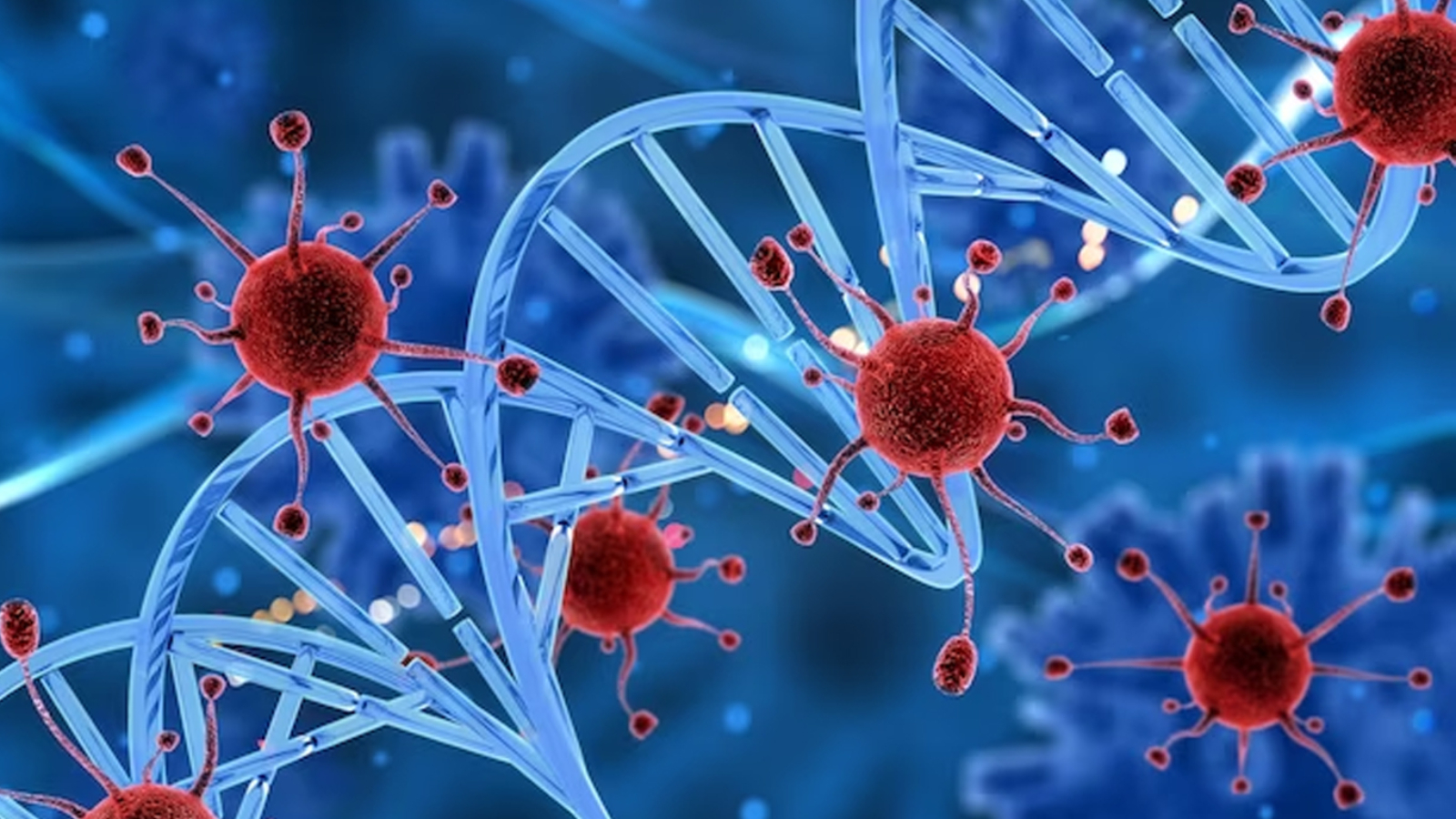Cancer, a formidable adversary to human health, often starts as minuscule changes within the body that progress over time. In many cases, these changes manifest as
precancerous conditions, indicating a potential for the development of cancerous cells. Understanding these precursors and the significance of early detection can be pivotal in preventing the progression of cancer.
What Are Precancerous Conditions?
Precancerous conditions refer to cellular changes that are not yet cancerous but have the potential to become cancer if left untreated. These alterations may vary in
severity, ranging from mild abnormalities to more advanced changes. Examples of precancerous conditions include:
1.Leukoplakia & Erythroplakia : White or flat red spots/lesions found on the oral mucosa ( inside mouth), which cannot be removed or explained by any other cause, have the potential to develop into oral cancers.
2. Actinic Keratosis: Commonly found on sun-exposed skin, these crusty, scaly patches can develop into skin cancer if not addressed.
3. Cervical Dysplasia: Abnormal cells on the cervix, often detected through Pap smears, can lead to cervical cancer if not managed.
4. Colon Polyps: Growth in the colon lining, some of which can evolve into colon cancer over time.
5. Barrett’s Esophagus: Changes in the esophagus lining due to chronic acid reflux, which may progress to esophageal cancer.
Importance of Early Detection
Early detection plays a crucial role in combating cancer. Detecting precancerous conditions or cancer in its initial stages significantly increases the chances of
successful treatment and cure. Here’s why early detection matters:
Increased Treatment Options: Detecting cancer early often offers a wider array of treatment options, including less invasive procedures and higher success rates.
Improved Prognosis: When cancer is diagnosed at an early stage, the chances of successful treatment and a positive prognosis are significantly higher.
Reduced Morbidity and Mortality: Early detection may prevent cancer from spreading, reducing the risk of complications and mortality associated with advanced-stage cancer.
Methods of Early Detection
Several screening methods and tests aid in the early detection of cancer and precancerous conditions:
Regular Screening Tests: Routine screenings such as mammograms, Pap smears, colonoscopies, and skin examinations help detect abnormalities before they progress into cancer.
Genetic Testing: Assessing genetic predispositions to certain cancers enables individuals to take preventive measures or opt for more frequent screenings.
Biopsies and Imaging Tests: Biopsies of suspicious areas and imaging techniques like MRI, CT scans, and ultrasounds assist in identifying abnormalities for further evaluation.
Reducing Risks and Preventive Measures
While not all cancers can be prevented, adopting certain lifestyle changes can minimise the risk of developing cancer or precancerous conditions:
Healthy Diet and Exercise: Maintaining a balanced diet rich in fruits, vegetables, and whole grains while staying physically active can lower cancer risk.
Avoiding Tobacco and Limiting Alcohol: Steering clear of tobacco products and moderating alcohol consumption decreases the likelihood of various cancers.
Sun Protection: Using sunscreen, wearing protective clothing, and avoiding excessive sun exposure can prevent skin cancer.
Regular Check-ups and Screenings: Following recommended screening guidelines based on age, gender, and individual risk factors is crucial in early detection.
Challenges in Early Detection
Despite the advancements in medical technology, some challenges persist in early cancer detection:
Access to Healthcare: Socioeconomic factors often limit access to healthcare services and screenings, leading to delayed detection.
Limited Sensitivity of Tests: Some screening tests may yield false-negative results, giving a false sense of security while cancer or precancerous conditions may still be present.
Patient Compliance: Adherence to recommended screenings and follow-up appointments can be challenging for some individuals, affecting timely detection.
Conclusion
Understanding precancerous conditions and the importance of early detection is pivotal in the fight against cancer. Regular screenings, adopting a healthy lifestyle, and raising awareness about the significance of early detection are key elements in reducing the burden of cancer. Empowering individuals with knowledge about preventive measures and the value of proactive healthcare can contribute significantly to improving cancer outcomes.
Remember, early detection saves lives. By staying informed, proactive, and attentive to your health, you play an active role in safeguarding yourself against the potential risks of cancer and precancerous conditions.

